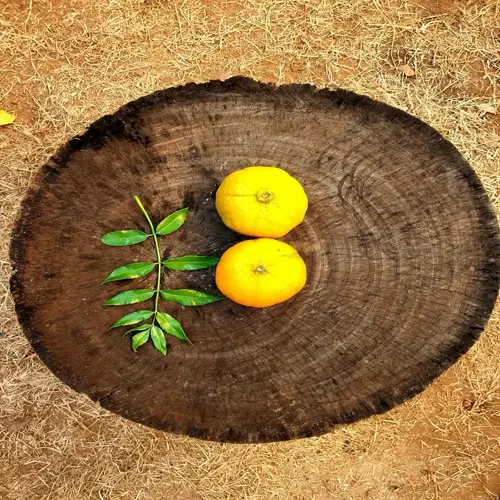How to correct overcrowded pepper plants?

Written by
Michael Sullivan
Reviewed by
Prof. Samuel Fitzgerald, Ph.D.To fix overcrowded pepper plants, you must act fast to save your harvest!Overcrowding causes competition for resources and increases the risk of disease. I saved my garden from disaster (as I was lasagna gardening!) by transplanting the extras and doing some careful pruning. Here are the tried-and-true methods for growing pepper plants, whether they are seedlings or mature plants. Move quickly before permanent damage occurs.
Transplant seedlings on cool, cloudy days to minimize shock. Dig widely around roots to protect fine root hairs. Water the new hole before setting the plant. I use a trowel for digging accurately. Cover the roots immediately to prevent them from drying out. Water copiously right after transplanting.
Transplant Protection
- Use cloches for 3 days after moving
- Apply seaweed extract to reduce stress
- Shield from direct sun for 48 hours
Pruning Methods
- Remove yellow lower leaves first
- Cut crossing branches blocking air
- Sterilize shears between plants
Soil Recovery
- Apply 1-inch compost layer around base
- Add mycorrhizal fungi to root zones
- Water with fish emulsion weekly
When caring for our older plants, we may want to consider pruning rather than trying to move them. First, prune away the shaded lower leaves so the sun can reach the rest. Cut branches that rub against those of neighbors. I always prune plants in the early morning when the dew has hydrated them. Next, apply compost tea immediately after pruning, as it feeds plants and prevents entry points for possible diseases.
Every day, I check the corrected plants for signs of stress. I look for droopy leaves or slow growth. In the recovery period, I use a temporary shade cloth. I water regularly, but do not soak the soil. Most plants come back if corrected within two weeks.
Eliminate congestion in the future by using proper spacing techniques. Take measurements when you plant your seeds. I use marked strings and biodegradable paint markers. I use cardboard templates for raised beds. All of these eliminate the need to ensure perfect spacing every season.
Read the full article: Pepper Plant Spacing Simplified

